This piece was originally published on CODO’s blog. Check it out to see dozens of others behind-the-scenes looks at brewery branding projects.
We were recently approached by a brewery to discuss their branding. They had just worked with a large agency and weren’t happy with the results — the work itself was okay, visually, but there was very little meaning to support anything they created. And while the boring okay identity and packaging was a letdown, the brewery was more concerned with the lack of story and strategy around which to build their brand. They didn’t know what their story was, let alone how to tell it.
This situation goes back to something we’ve written about before — the difference between graphic design and branding. One is surface level. One is deep and foundational. Digging a little deeper, we thought this would be a good time to talk about what brand strategy is, what it isn’t, and how you can use this to set yourself up for success when branding your craft brewery.
Brand strategy is not looking at logo design options. It’s not spec’ing typography, and it’s not discussing what your primary and secondary color palettes should be. Long before you ever discuss logos or packaging, you need to understand your story, your “why,” your positioning, your purpose, and the role you play in your community and customers’ lives, all of which comprise your strategy.
For this conversation, we’ll focus on a brand strategy process that aims to inform a foundational story, culminating in brand identity, package design, web design, interior design and beyond. A brand strategy process should outline the following items:
Your overall concept (what do you offer? what promise are you making? what’s your value proposition?)
Are you a brewpub or a production brewery? Are you a contract brewery? Farm brewery? Nano brewery? National brewery? International brewery? Interstellar brewery? To kick this entire process off, you need to have a firm grasp on what your business does. What role do you play in the community? And why should people care about your beer?
Your positioning in the market (who’s your competition? how’re you different?)
What do you do? For whom? And how are you different (not necessarily better) than your competition? What can you completely own? If you can answer these questions, you’ll be solidly differentiated from your competition.
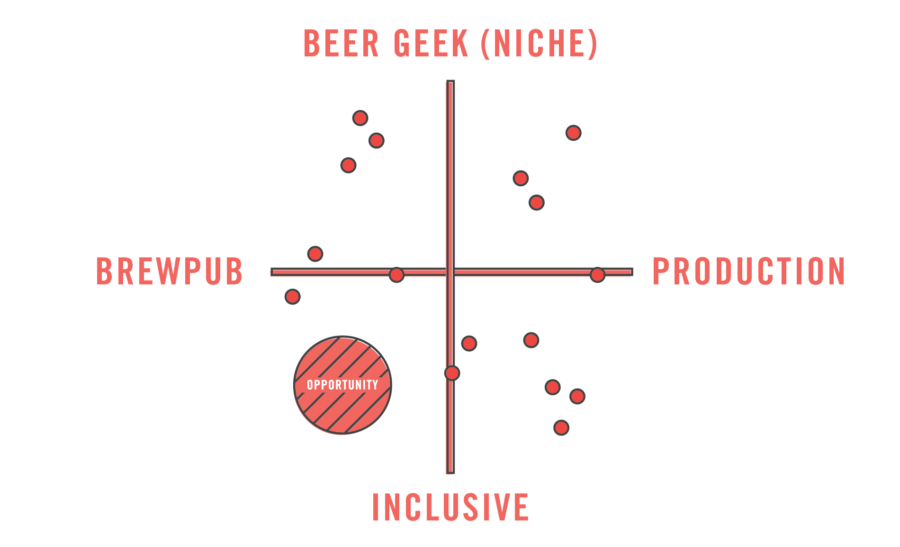
A Matrix is a great way of getting a lay of the land — how many breweries are in your town? What kind of beer are they brewing and how are they telling their story? Does this create any opportunities?
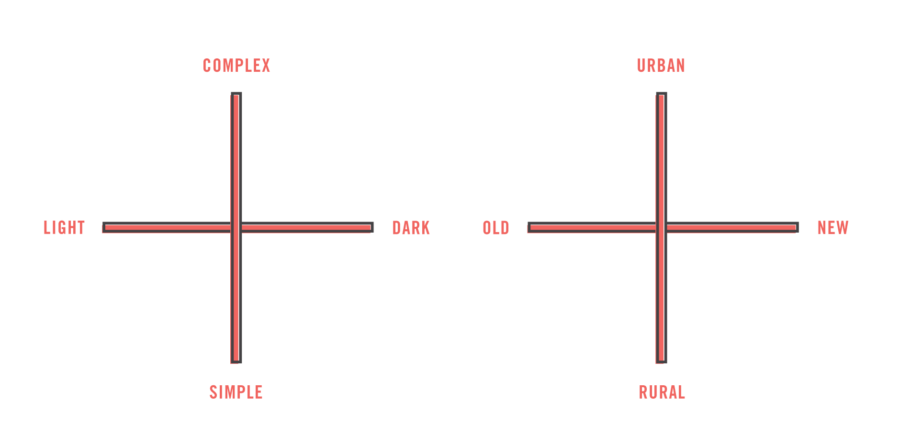
Your brand values
What are the immutable rules that govern how you run your business? How do you live by these (and how do they guide everyday business decisions)? Many common problems breweries run into could be avoided by defining and routinely revisiting their brand values. Example: if you value ‘community,’ it’s unlikely you’ll use a sexist beer name. And if you value ‘craftsmanship,’ there’s less risk of a subpar beer making it to market.
Your purpose (or your “why”)
Why are you opening this brewery? What’s your origin story? Why should people be excited about what you’re doing?
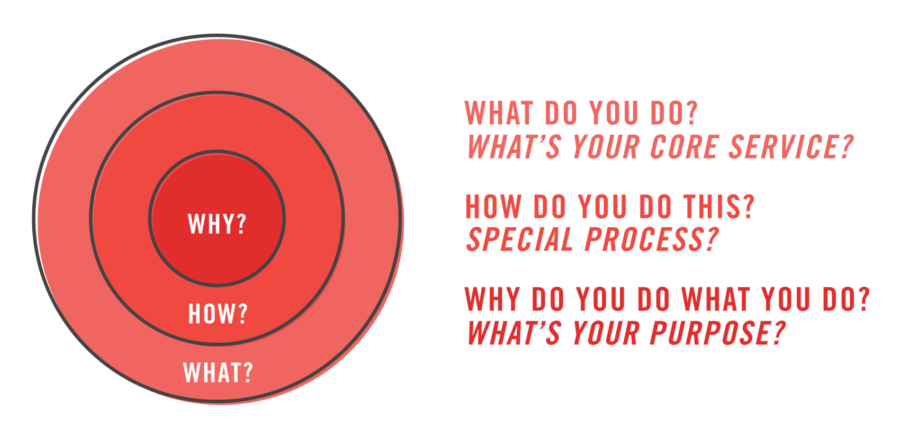
Your brand voice and personality
How do you tell this story to the world? What visuals, tone of voice and styling do you use? Do you adhere to any particular brand archetypes?
Your ideal customer
Who do you, and don’t you, want drinking your beer? We often hear breweries say that “everyone” is their audience. While we understand this line of thinking, it’s important to realize that your audience isn’t everyone. It can’t be. By telling a compelling story, you’re going to connect with a certain kind of person. And in doing so, you’ll turn off some people as well. And that’s okay. Through great beer, branding, marketing and service, your fans will become your biggest evangelists.
Your brand architecture
You make some awesome beer now, or at least, you’re planning to. Is there any chance that could create future opportunities to create other, related stuff (maybe spirits, spiked seltzer, cold brew coffee, or food products) — will those be line extensions or different brands entirely? How about distributing your beer regionally — will your current naming convention support this growth? How do you foresee your portfolio evolving? We need to consider all of this and bake it in now so your brand can scale.
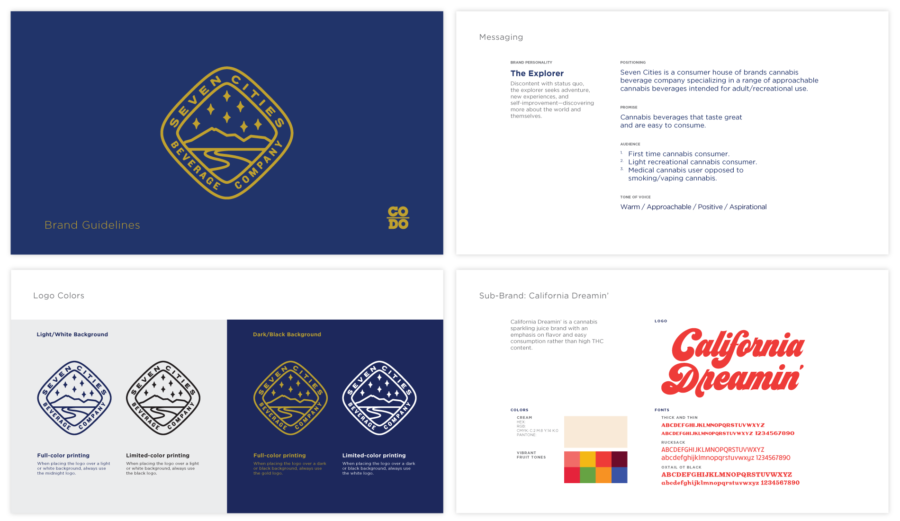
Your brand essence
And finally, this all culminates as your brand essence. Your brand is essentially an idea or reputation that lives inside someone’s mind. While you can’t directly control it, you can inform how they perceive you by framing your brand essence. This is a distillation of the most compelling aspect of your brewery. It’s an internal way of putting a name to an idea so that your team can be consistent in everything it does, from the branding process all the way to the beer you brew itself.
What does this all look like?
Remember earlier when I said that brand strategy didn’t center around logos, colors, and so forth? I was fibbing a bit. But there’s a reason for that — your brand strategy should come first. Once you have your core messaging ironed out, then you can begin to kick around broad look and feel ideas. What does this brand essence look like? What story does it tell? We find large mood boards (large collages of logos, photos, interiors, textures, packaging, and so forth to provide art direction), or even something as simple as Pinterest, to be great tools for including our clients in the creative process at this stage.
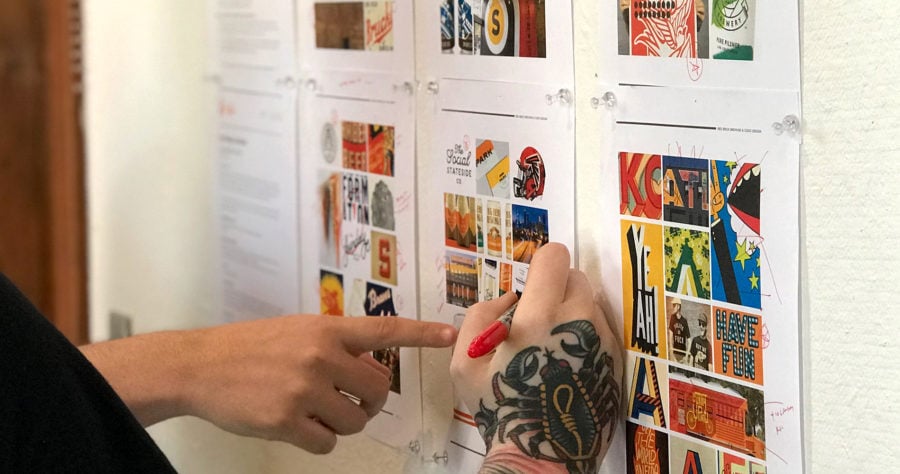
Other thoughts
Brand strategy during a brewery rebrand
If you’re rebranding, weighing brand equity becomes an important component to the brand strategy process. If you’ve been open for a while, there can be certain visual cues that are essential to preserve through a rebranding process so as to not completely confuse and alienate your customers. This is called Brand Equity—think about colors or logo elements that people instantly recognize (like New Belgium’s iconic cruiser bicycle). These pieces are outlined through a preliminary brand audit to help you determine what is critical to maintain and what can be jettisoned as you move forward.
And while this is project specific, meaning it won’t be a major part of your strategy moving forward, you also need to outline your major pain points during a rebranding brand strategy process. “People confuse us with competition.” “Our packaging doesn’t stand out on shelf.” “We have to reinvent the wheel for everything we make.” “Our merch isn’t selling,” etc. These are important metrics you can use as you consider proposed design work down the line.
Brand strategy form
Your brand strategy can take the form of a whiz bang presentation or a utilitarian text document. At CODO, we use it to make sure we’re on the same page as our clients and then to figure out how their hopes, dreams and ideas can work in the real world. So, at first, it leans toward being pragmatic — a stepping stone in the process. This changes as we’re launching a brand — as we port all of this work into a set of brand guidelines our clients can use to maintain consistency and build the brand on their own. At that point, we’re cheering them on from the sidelines. Or up front, seated at the bar.
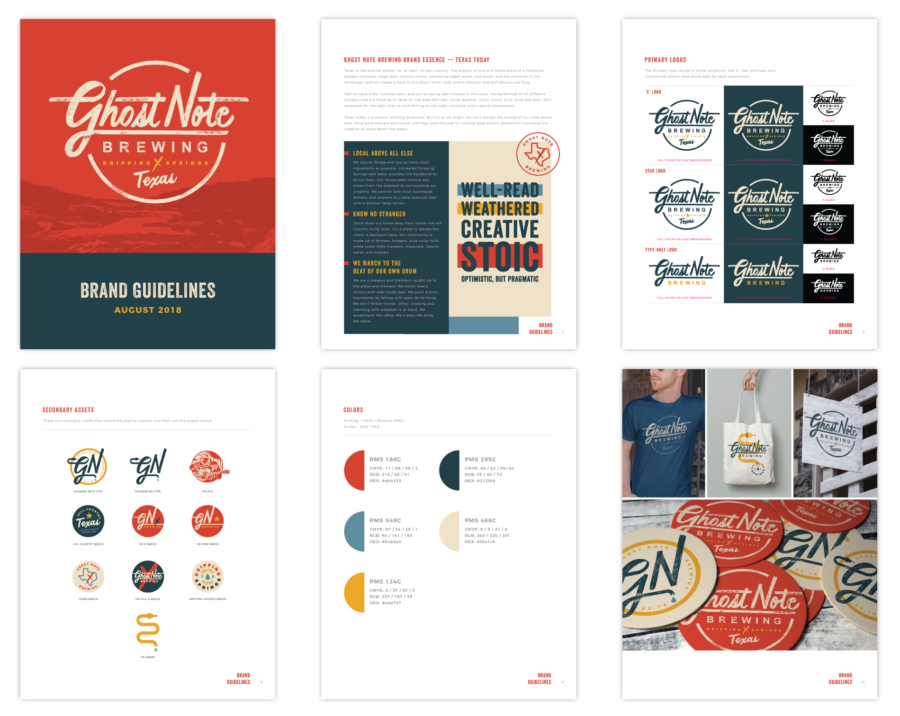
This column was provided by the folks at CODO Design, a branding firm based in Indianapolis, IN. They’ve worked with breweries across the United States and around the world, on naming, branding and positioning, rebranding, responsive web design, and package design. They’ve gathered their experience into a comprehensive Craft Beer Branding Guide to help startup breweries navigate the entire branding process. Check it out at www.craftbeerbrandingguide.com.

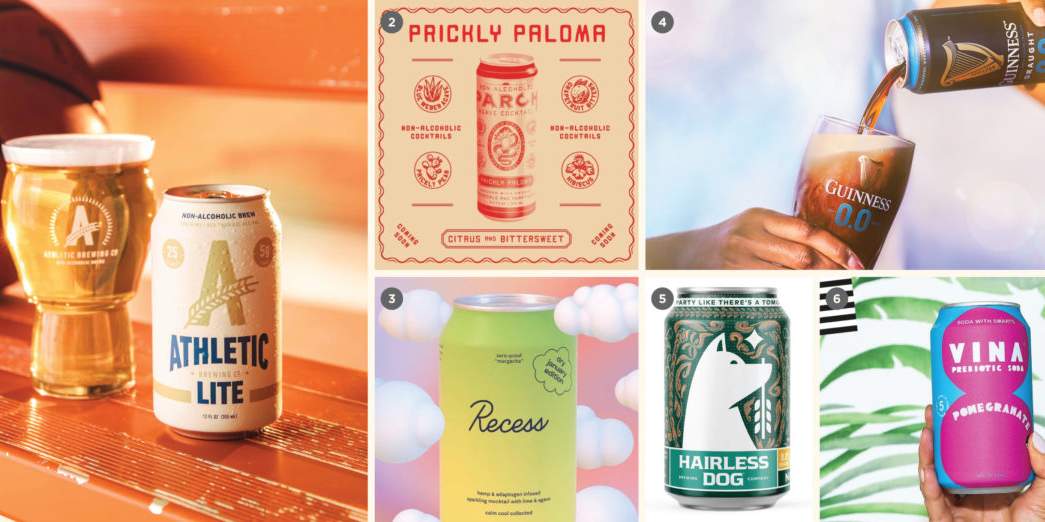
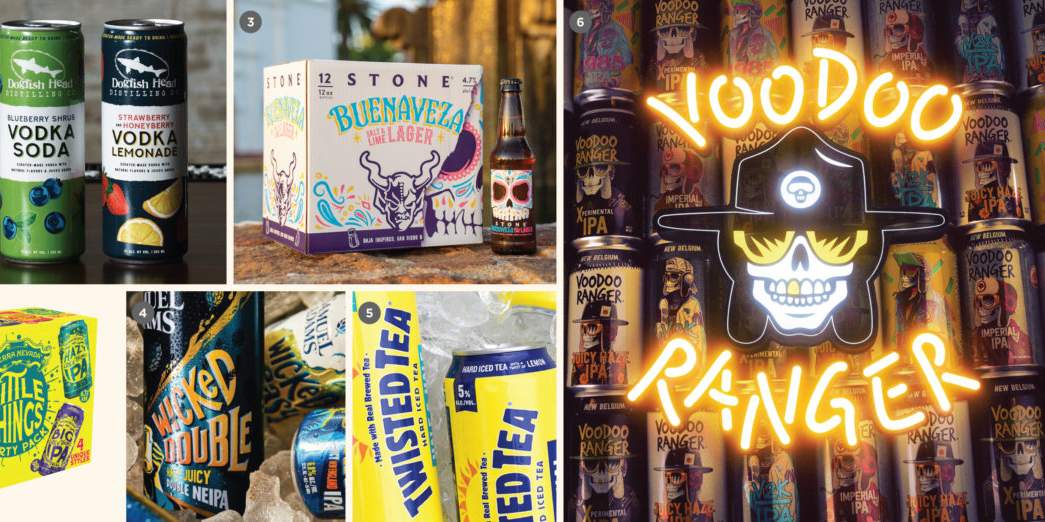
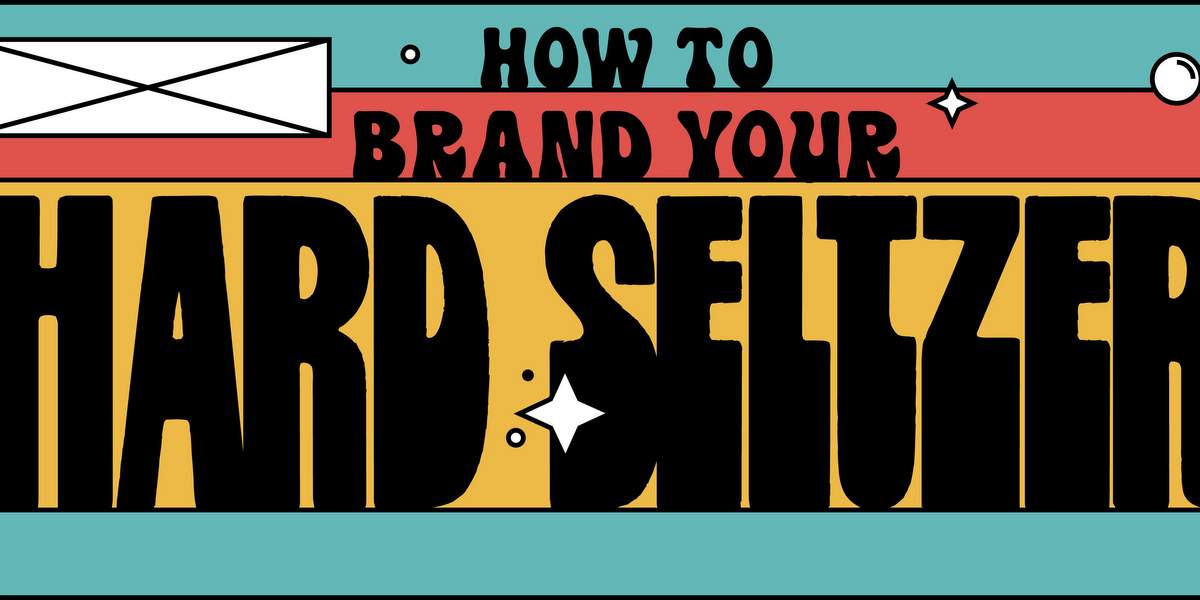
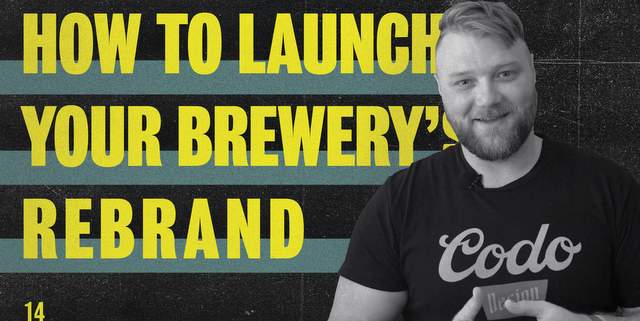
E.C. Walker says
Daniel